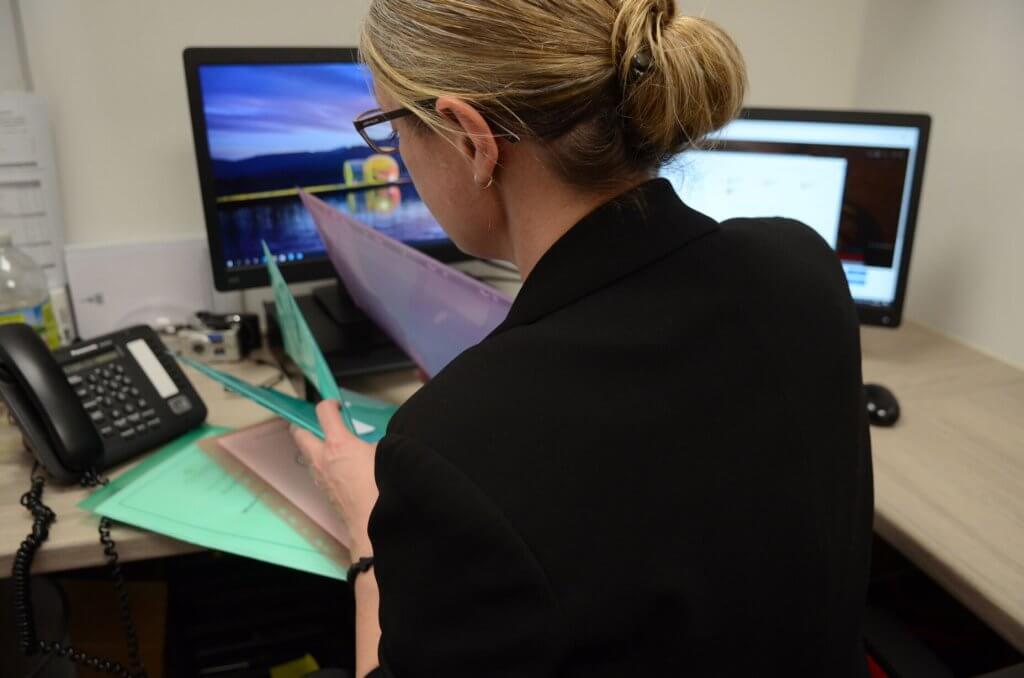Has the delivery of personal therapy stopped?
When the boundaries of normality have warped beyond recognition, how do therapists manage to maintain their provisions for those in need?
April has been a strange month. Globally, individuals have been adjusting to a new way of life which is far more limiting than that we are perhaps accustomed to. Simple pleasures like visiting friends and family have been put on a rolling hold and the experience of getting the weekly grocery shop has shifted from a mundane task to a complex quest, one which can be fraught with peril and a sense of great adversity.
As we negotiate the many changes to our daily lives, including the millions of people now working from home, operating new technology whilst managing home schooling their children, what has happened to the mental health professionals who were supporting vulnerable pupils and families within the school setting?
The truth is that they are still there. In the same position as huge swathes of the population, finding creative and inventive ways of continuing their work from the safety of their homes. In line with government directives around social distancing and lockdown protocol, psychotherapists have been pushed towards digital realms in order to maintain important relationships during this time of unprecedented uncertainty.
This has not been without hitches, although change is rarely simple. Modifications of our work include taking data security and confidentiality issues into account with this new form of delivery and balancing these difficulties against the strengths of various new tools. Different families have access to different platforms, meaning that ETS Therapists have had to become well versed at interacting across a wide range of media platforms in order to meet everybody’s needs. In doing so, they have been forced to think flexibly about the frame of the therapeutic work, what is possible, what is safe and what feels like the best fit within these new parameters.
Despite the boundaries of our work shifting, all of the ETS team have been able to continue to deliver therapeutic support throughout these testing times. We have found ourselves working from living room to living room, at the end of a mobile phone, on interactive whiteboards and in ways we never would have imagined at the start of this year. Video calls and online meetings have replaced our usual private room and our beautiful materials have morphed into found objects from around the home. The change has at times been disorientating and yet has brought some clarity about the fundaments of our work.
Within these rapidly felt changes, some beautiful threads of connection have been spun across the physical and psychological distance and woven together to form a sense of security and containment which is truly astonishing. Young people have been able to share trinkets and pictures which hold personal significance to them which ordinarily would never have left the confines of home. Pets and family members have at times made cameo appearances and the laptop screen has become a window into the child’s home universe.
True, the boundaries of everything have changed and the way in which we are living our lives is vastly different from how it used to be, but there are some important pillars of consistency which are available for us during these times; relationships, connection and consistency.
I have been seeing my clients at the same time which I ordinarily would, as far as possible, meaning that there is a sense of rhythm and predictability to the week which has been helpful for them and indeed for me as a therapist. Offering the same amount of time, interest and emotional availability to the people we work with also goes a long way towards helping people fight off feelings of boredom, isolation and anxiety.
Whilst we are on the subject of anxiety – yes there is much more of it around. It is a national experience currently, however, working in mental health – this is what we do. We work with it. We sit with it. We hold it for these that we support. Therapy is full of ‘in-between spaces’ which are compounds of anxiety and uncertainty, those liminal worlds which are both spoken and unspoken, seen and unseen, known and not known. Anxiety is very familiar to therapists and we work continuously to help clients to contain it, to manage it and to process it into something which is easier for them to tolerate.
Resultantly, these times of heightened anxiety simply mean an increase in the importance of our therapeutic work, in the synthesis of this anxiety into something more palatable, a material that is easier to digest and to continue to live with.
For this reason, therapists maintain their work, however they can, reaching out to those we work with in new way. Although in part limited by the distance, in novel ways we are achieving a new type of closeness in spite of the obstacles that we face, together.
















